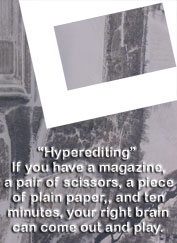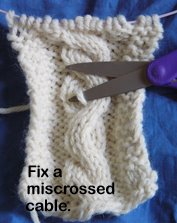.
As we drove back and forth, on the 8th, 9th, and 10th, we listened to podcasts of the BBC's excellent series A History of the World in 100 Objects.
It is not a surprise that many of the 100 Objects were buried with individuals, many moons ago. We were struck by the similarities (and differences) between current custom, right here and now, and things people did in other times and other places. Some things have been done (at least in some places) for as long as there have been people to do them.
Burying valuables with our dead is one of those things that some people, in some places, have always done.
Marking gravesites with monuments is another common custom.
A statue of Ramesses II (which I had always thought was spelled "Ramses," but apparently not....), currently in the British Museum, is one of the BBC's 100 Objects.
I want to call it "*the* statue of Ramesses II," because of Ozymandias. There aren't many things I am sure, now, that I learned in high school, but somehow Ozymandias stuck with me.
Wikipedia says that one of the names applied to Ramesses II, during his lifetime, was somewhat similar to "Ozymandias," and that Shelley's poem was written in response to the statue being moved from Luxor to London. I don't remember knowing about Shelley's inspiration in high school, but Shelley's image of parts of a monumental statue, alone in featureless sands, has stuck with me all this time.
"Look on my works, ye Mighty, and despair!" Indeed...........
Apparently people have always wanted to think that their works (particularly their burials?) would be "forever."
And yet.
Ramesses now finds himself in the British Museum in London, rather than in Thebes, presiding over his burial complex as he was intended to do.
We were struck by the funeral-director people telling us this or that would be "forever."
Hmmm.
No, actually.
The fact is, nothing is forever.
Nothing.
Hug your loved ones.
Now.
While you can.
.
Tuesday, August 16, 2011
Subscribe to:
Post Comments (Atom)

















No comments:
Post a Comment